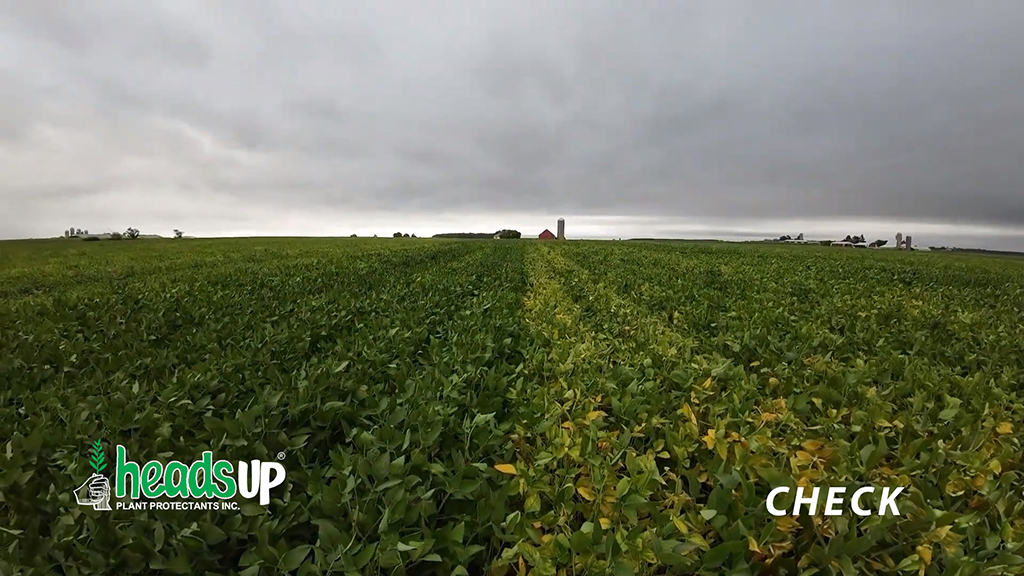Effectively Managing Tar Spot in Corn
At the recent 2023 Commodity Classic show, held in mid-March in Orlando, FL, much of the attention focused on the trade show floor exhibits and numerous new product releases. Highlights from these have been featured in several stories/videos/slideshows compiled by CropLife’s editors over the past few e-newsletters.
But in addition to these, the show also featured a series of educational seminars covering various “hot” topics affecting today’s agricultural market. One of these focused on tar spot, a relatively newer fungal disease now impacting corn growers across the Midwestern states. In fact, according to Darcy Telenko, Extension Field Crop Pathologist at Purdue University, growers in seven states – Minnesota, Wisconsin, Michigan, Ohio, Indiana, and Illinois – are already in “high risk” areas for tar spot infections while growers in six other states – Pennsylvania, Kentucky, Missouri, Nebraska, South Dakota, and North Dakota – will see an “emerging risk” for the disease in their 2023 corn fields. When corn becomes infected with tar spot, the disease reduces the plant’s ability to take in sunlight, feed the ear, and make grain.
“Tar spot is the No. 1 corn disease worry in this part of the country,” said Whitney Monin, National Agronomy Manager for AgriGold, speaking at Commodity Classic. “Ninety percent of the farmers that experienced tar spot reported significant yield and profit losses.”
And the numbers back up this claim. According to statistics compiled by the Crop Protection Network, tar spot cost U.S. growers more than 231 million bushels of corn during the 2021 growing season. Furthermore, predictions for an El Nino climate pattern during 2023 means fungal and foliar diseases such as tar spot will be “more likely to thrive,” say agronomists.
Effectively managing tar spot will require a multi-pronged approach, says Dr. Damon Smith, a Professor at the University of Wisconsin and Extension Plant Pathologist. “Fungicides can delay the onset of tar spot, but can’t provide 100% control,” says Smith. “Although we can try to manage our way out of it, I think the real solution to tar spot is going to come with hybrids.”






